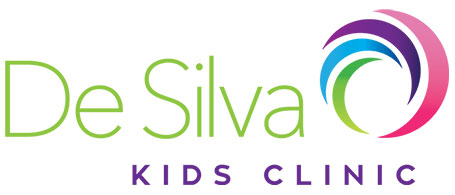Gosh, it can be pretty tricky for children to wait for their turn, especially when they are doing something that is so fun and exciting!
Below is a great flipcard strategy I use during my sessions to help my clients learn to wait. Young children are still developing their sense of time. They need help to understand how long “soon”, “5 seconds” or “in a minute” really is without having to read a clock.
Here are some strategies that can help your child understand how long a turn will be:
- Timers – A sand timer can be used with very short turns. When all the sand falls to the bottom your child will know it is his turn. You can set a kitchen timer for a few seconds or minutes. When the buzzer sounds it is time for your child’s turn.
- Counting – Count out loud or use your fingers. If your child can count, encourage him to join in. For example, “One…two…three… It’s Adam’s turn!”
- Music – Play or sing a short song for your child. When the song is over, it will be his turn. You can also recite a short nursery rhyme.
- Quiet Activity – Children who often become restless or impatient while waiting for others may be directed to do a quiet activity on their own such as looking at a book.
- ‘Fidget’ Toy – Your child can play with a small toy or piece of clay while waiting for his turn. This is a helpful way to keep your child busy when you need to wait.
Communicating Turns
Try to emphasize the word “turn” during daily routines at home. For example, “Sally is riding the bike. Next, it will be David’s turn.” Your child will soon understand that a turn means he has to wait until another person is finished using or doing something before he can use or do the same thing.
Use a combination of speech, gestures, and pictures to help your child learn to use the following expressions:
- “My turn” Pointing to his chest.
Pointing to the “my turn” picture in his communication book.
Practise saying the words.
- “Your turn” Pointing to or gently touching the hand of the other person.
Passing a toy to the other person.
Pointing to the “your turn” picture in his communication book.
Practise saying the words.
- Flip Card – You can create a special card to help your child during turn taking. Take a cue card, or small piece of construction paper and glue your child’s picture to one side. On the other side, glue a picture of the person he is taking turns with. You can show whose turn it is by placing the card on the table. For example, Johnny’s picture is on one side of the card and Jessica’s picture is on the other. When Johnny’s turn is finished, he flips the card over so Jessica can see her picture and know it is her turn.
Written by Didem Karademir, Speech Pathologist.


